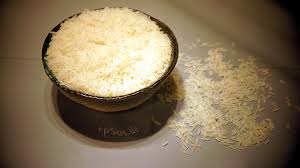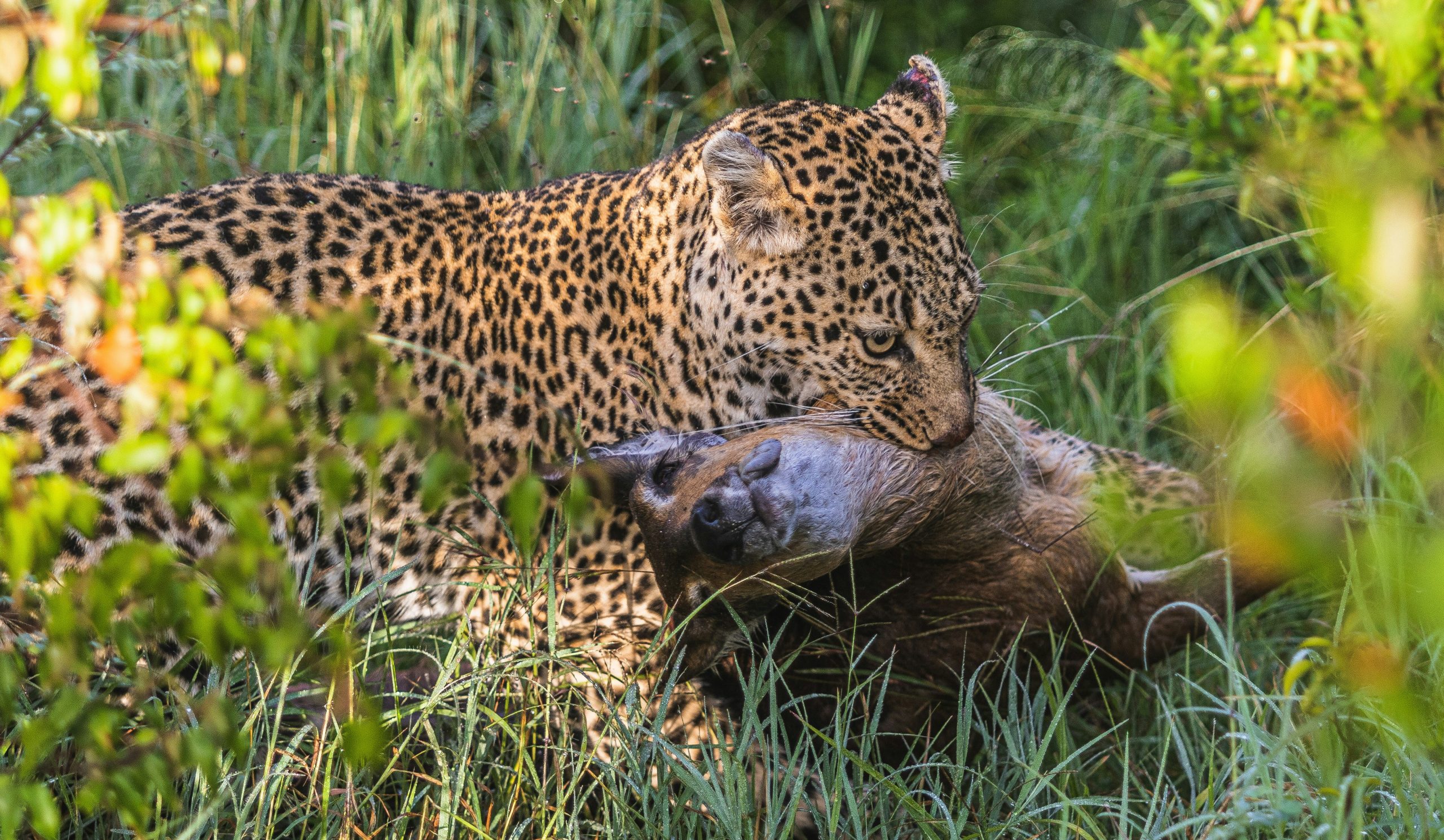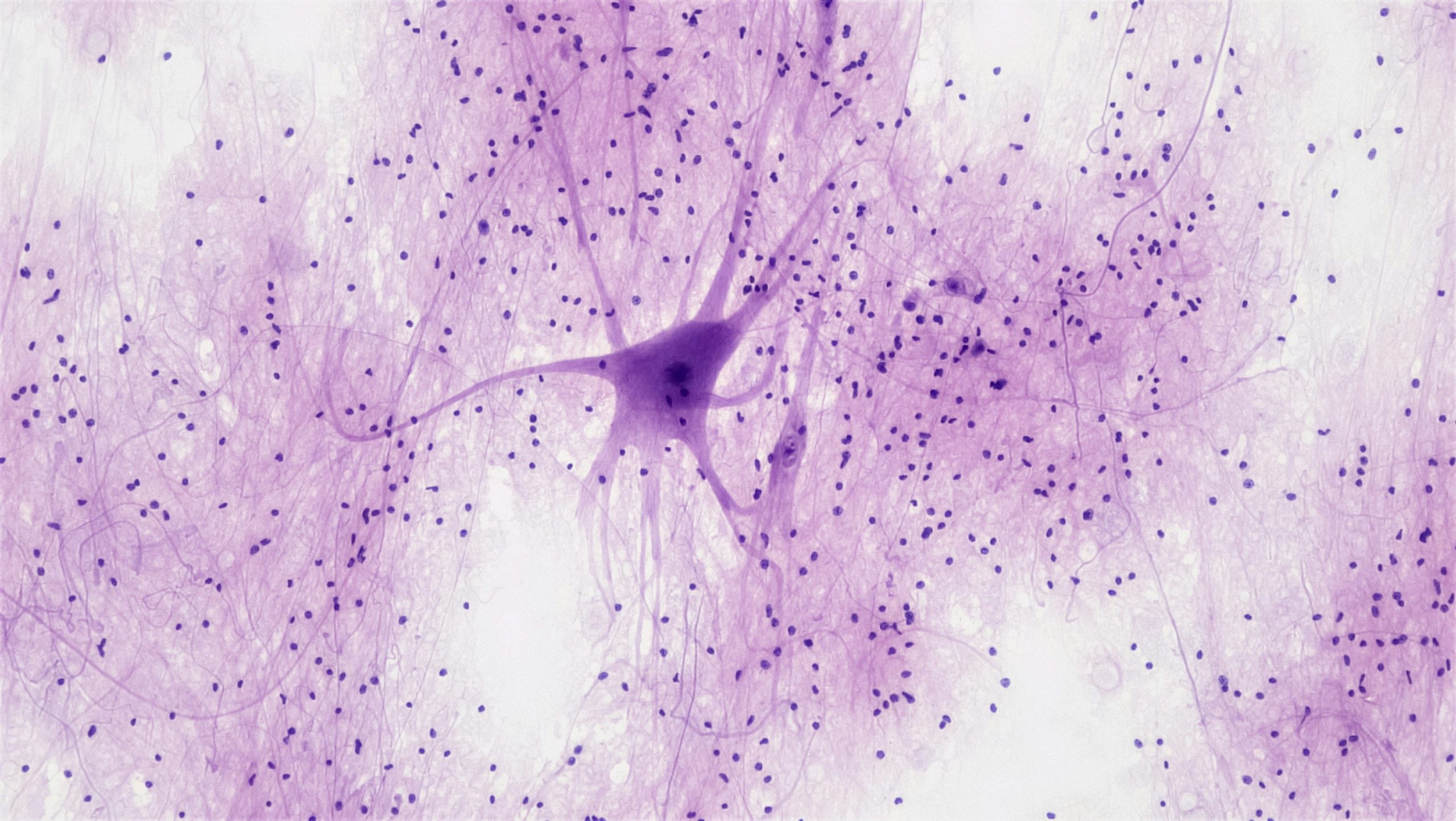by Juliet Anderson, Year 12 Reigate Grammar School, Surrey.
In 2016, according to FAO statistics, a staggering 815 million people (10.7% of the world’s population) suffered from chronic undernourishment; the two main forms being protein-energy malnutrition (lacking proteins and calories necessary for growth) and micronutrient deficiency (lacking vitamins/minerals). There is enough food on the planet to successfully feed everyone, yet food security issues result in lower/middle income countries often lacking access to affordable resources. Scientists are attempting to combat these issues with research creating solutions to counter food scarcity, helping to enhance global nutrition.
Much of the research centres on the world’s second biggest food staple – rice (Oryza Savita). A grass species with over 400,000 known different genotypes, it is the most important grain relevant to human nutrition and is especially prevalent in Asia. During the Green Revolution, researchers at the International Rice Research Institute (IRRI) used rice’s widespread popularity to tackle the high levels of malnutrition in Asia, by producing high yield varieties (HYV’s). After an intensive selective breeding programme, IR8 was produced – a HYV that increased grain production by as much as three times when paired with nitrogen fertilizers. IR8 is a cross between a Chinese dwarf rice (‘Dee-Geo-Woo-Gen’) and a high yield Indonesian rice (‘Peta’). The dwarf variety contained the gene semidwarf-1 which restricts the synthesis of gibberellins. This reduces stem growth and leads to a more mechanically stable plant, creating a higher yield as extra energy and resources can be diverted to seed production. The IRRI claims that there are 700 million people being fed today due to the presence of IR8 and subsequently bred strains.
More recently, research has been diverted into tackling micronutrient deficiency. Vitamin A Deficiency (VAD) is a global issue, common in areas where white rice, containing few micronutrients, is the staple food. In South Asia 44-50% of preschool children have been diagnosed with VAD, possibly leading to xerophthalmia – a common cause of blindness, blighting people’s lives. Biofortification using genetic modification could be a solution. Golden Rice is a variety created in 1999 by Professors Potrykus and Beyer, using two foreign genes (from a maize plant and soil bacterium) that code for specific enzymes. Green parts of rice plants have the ability to synthesise beta-carotene (the pre-cursor pigment to vitamin A) however this metabolic pathway is switched off in the grain. Inserting these foreign genes activates the pathway, allowing beta-carotene to accumulate in the grain. Critics claimed the rice didn’t contain enough beta-carotene to be effective, but further cross-breeding created varieties with 4 times more beta-carotene than the original. There are still social issues, as many people are reluctant to eat anything but the traditional white rice. The next few years will show whether Golden Rice will truly have an effect.
In the future, anthropogenic climate change is predicted to create a sea level rise of as much as 30 inches by 2100. Soil salinity already affects 45 million hectares of irrigated land, an area expected to grow over the next 100 years. High salt levels limit rice growth in two ways: the osmotic phase, where salt stops shoot growth instantaneously, and the ionic phase, where a slow build-up of toxicity in the plant’s leaves leads to its eventual death. However, researchers such as Chinese scientist Yuan Longping have been working on creating salt resistant plants by using genetic modification to either compartmentalise Na+ ions into cell vacuoles or increase removal of these ions by transport processes, thus reducing the effect of the ionic phase. Creating a salt-resistant HYV would enable food production to increase in tandem with sea level rise and reduce the need for pesticides. Once land has been flooded by saltwater it will never return to its natural state, resulting in huge negative ecological impacts, yet developing these rice strains prevents climate change exacerbating world hunger.
Overall, science is helping find solutions to ease world hunger, and as research continues new ideas and solutions are being created to tackle this ever-looming issue. Already, some agriculture has permanently changed for the better, helping improve millions of people’s lives. It is unknown what advances we will see in the future, but with our planet’s ever-increasing population and dramatically shifting climate, modified rice may help change the world.





